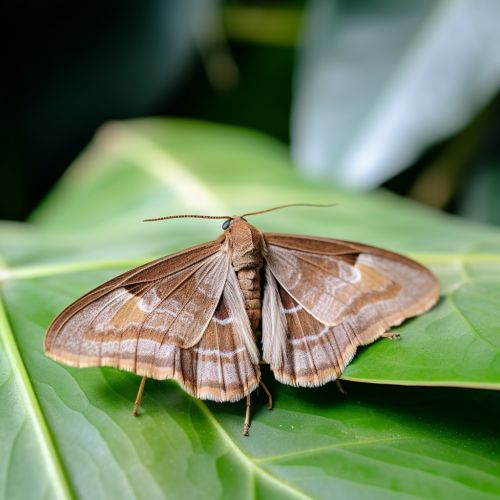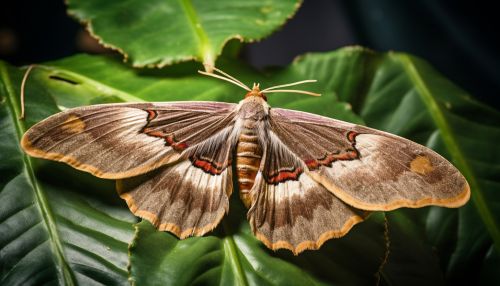Moth
Introduction
Moths are a group of insects that belong to the order Lepidoptera, which they share with butterflies. They are characterized by their nocturnal habits, their often drab coloration, and their unique antennae, which are typically feathered or serrated. Moths are one of the most diverse groups of insects, with over 160,000 species described worldwide.


Biology and Behavior
Moths, like all insects, undergo a process of metamorphosis during their life cycle. This involves a transformation from a larval stage, known as a caterpillar, to a pupal stage, and finally to the adult moth. The duration of this process varies greatly among species, and can range from a few weeks to several years.
Moths are primarily nocturnal, although there are some species that are active during the day. They are attracted to light, a behavior known as phototaxis, which is believed to be a navigational aid. Moths use their antennae to sense their environment, including the detection of pheromones for mating.
Ecology and Distribution
Moths are found in a wide range of habitats, from deserts to rainforests, and from sea level to high mountain ranges. They play important roles in ecosystems, including pollination and serving as a food source for many species of birds, bats, and other insects.
Moths are also known for their interactions with humans. Some species are considered pests, as their larvae can cause damage to crops and stored products. Other species, however, are beneficial, as they help to pollinate plants and control other insect pests.
Evolution and Classification
Moths are part of the order Lepidoptera, which also includes butterflies. The earliest moth fossils date back to the Jurassic period, around 190 million years ago. The order Lepidoptera is divided into several suborders, with moths making up the majority of the diversity.
Moths are classified into families based on their morphological characteristics, including the structure of their wings, antennae, and mouthparts. Some of the largest families of moths include the Noctuidae, Geometridae, and Sphingidae.
See Also
- Butterfly - Insect - Pollination
